To M&V or not to M&V – this is the question
If you are in charge of energy at your manufacturing or commercial facility, you are likely to be addressed by vendors with various energy efficiency improvements proposals. It can be a more efficient machine or a tune-up or an addition to your existing system. The immediate question is: How to find out if the proposed energy efficiency measure is worth the trouble and cost?
In my humble opinion, the answer to this question is rather simple: when offered to have your energy bill reduced, a diligent energy manager owes it to themselves and to their company to ask for an independent verification of results, M&V, done in accordance with internationally recognised verification protocols. M&V procedure should be straightforward and accepted by your engineers. M&V does increase the cost of energy efficiency improvement project, but without it you do not know if you have an improvement at all! Utility bills may not show an improvement, even worse: change in operational conditions may cause bills to increase, despite a successfully implemented of energy efficiency measure. Forget the fair recognition of your efforts, this may jeopardise approval of further energy efficiency projects.
If the vendor is enthusiastic about subjecting their solution to M&V in your actual operational conditions – you likely to have a real deal in front of you. If the vendor is reluctant or insists on their own verification – you might like to think twice about this offer.
In our cynical times, even a brand name is not guarantee of a fair deal. More than once in our practice we have met with a situation when established manufacturers would avoid verification of their efficiency improvement claims by all means. Even unofficially, even at installations to their friendly clients.
Hope this helps avoid surprises in less than easy work of industrial energy manager.


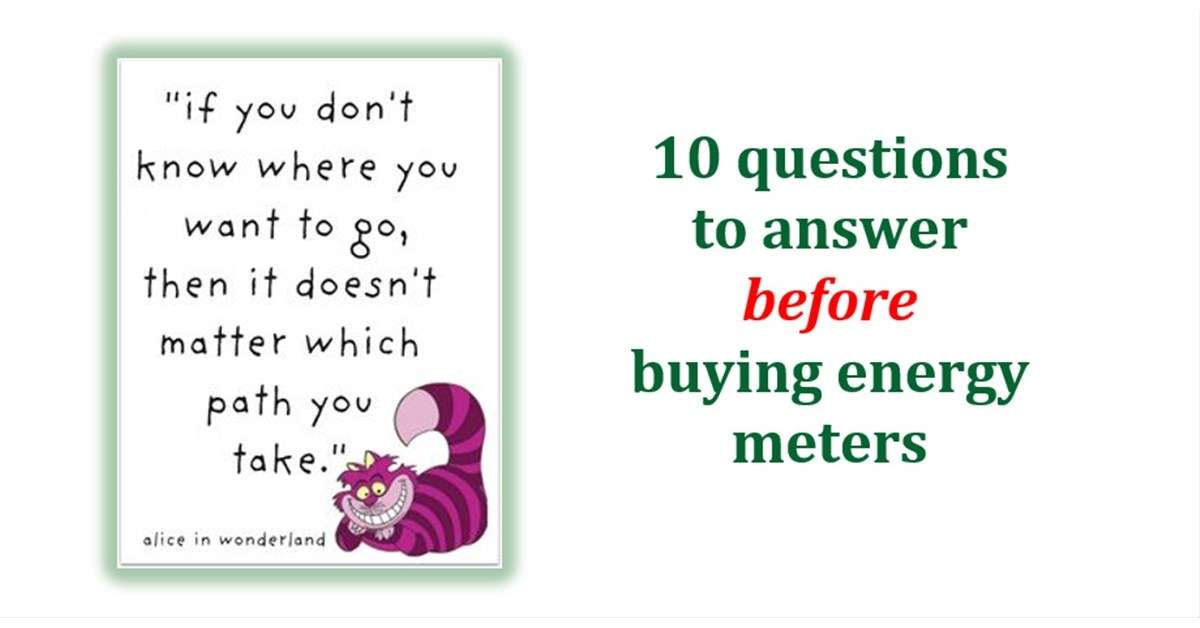
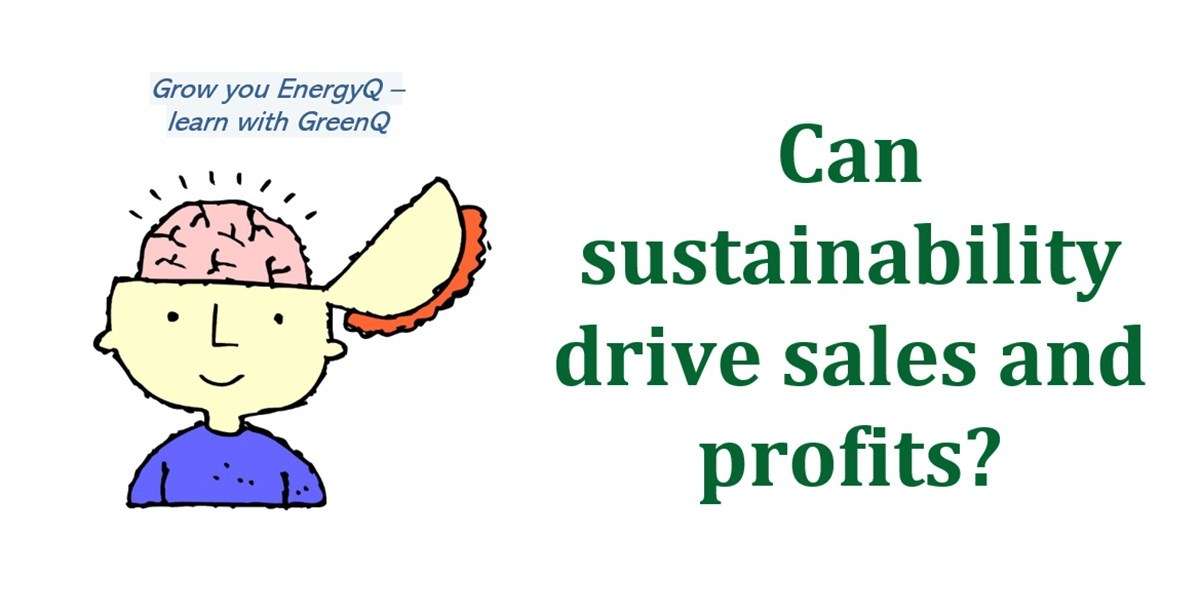
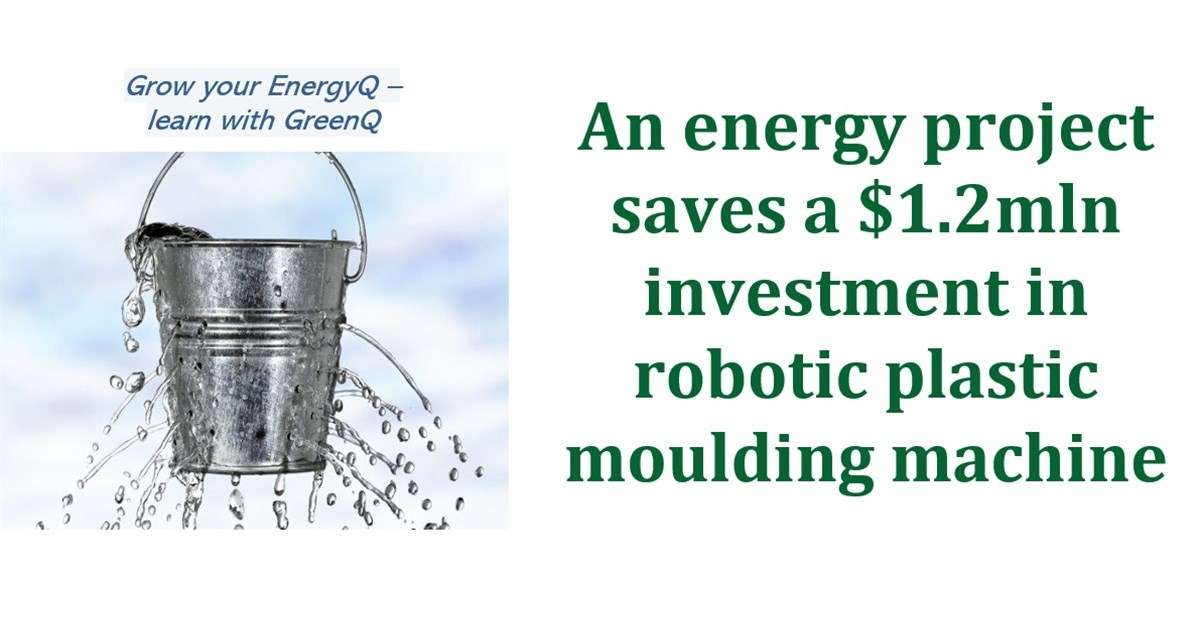
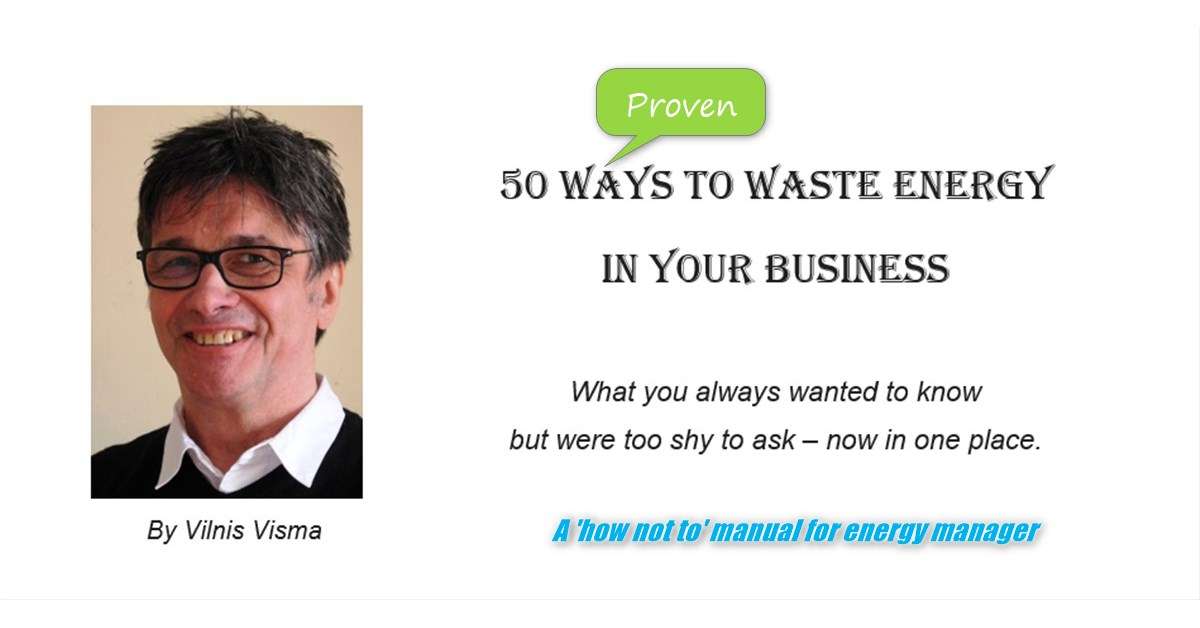
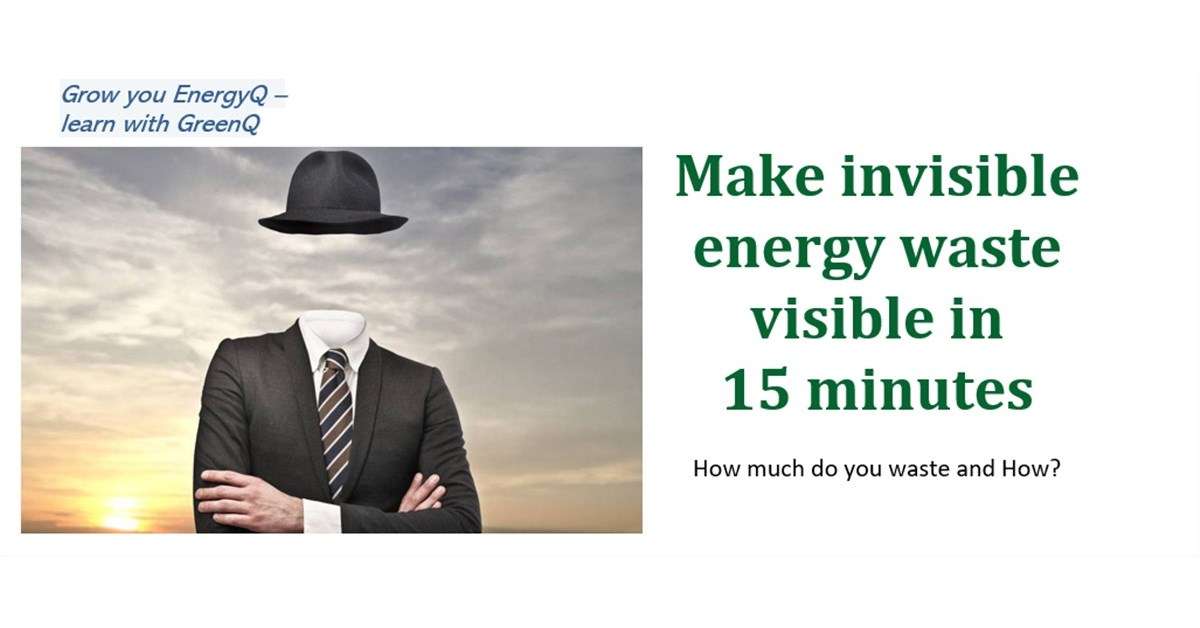
Leave A Comment